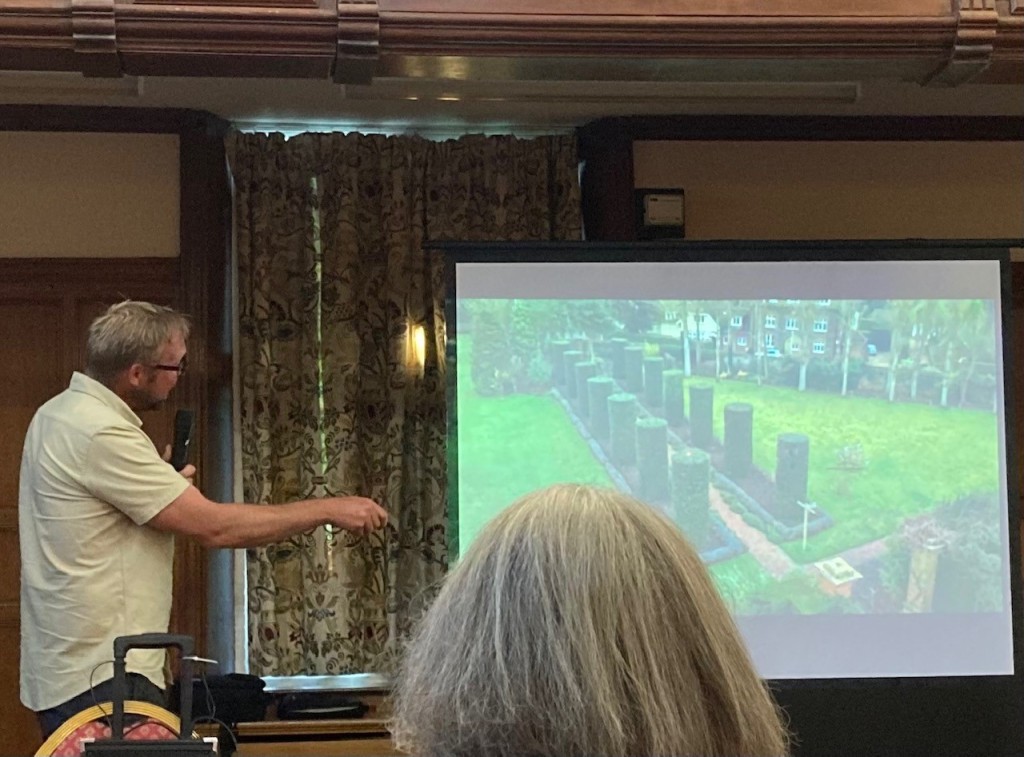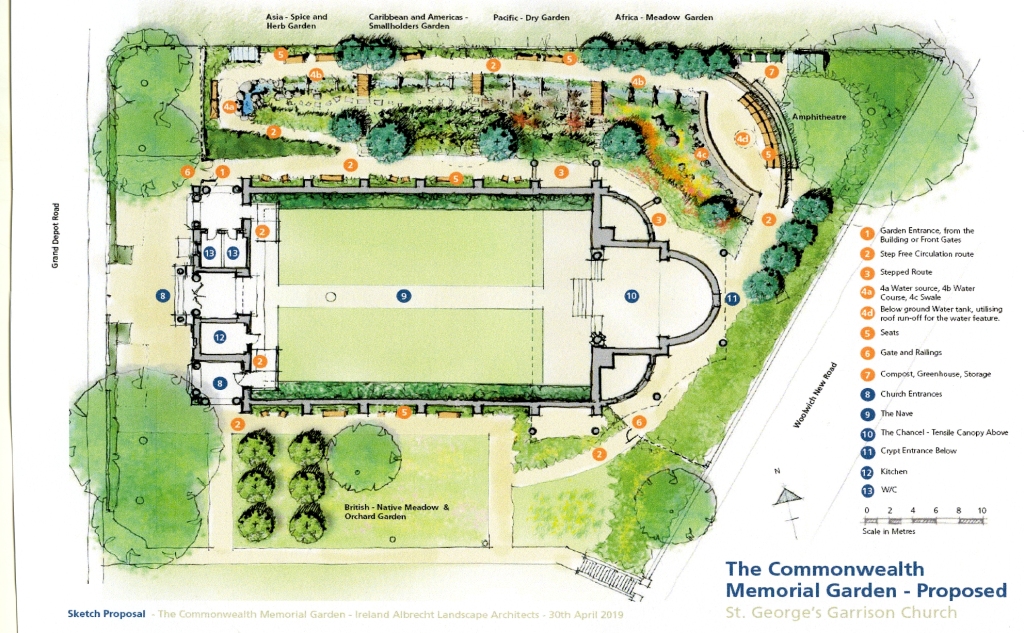Vija and Anna started these great posts about the view from their windows, and I thought I would add my bit. Really, in these cold, grey days of winter, it’s a bit odd that I should find the view from my window at all exciting. We have big patio windows which are unforgiving at this time of year and expose everything in the garden: the ragged border edges, uneven lawn, leaning obelisk (Storm Henk!) etc. But I can sit in my comfy chair looking out and now the leaves are all gone I can see all the way to the end fence..
…and I can Plan.
When I say I can see the end fence, this is because we took out a row of 20 ft high Leylandii trees last October. (Did we buy the house with them, I hear you ask? No, I actually planted them, one of those teeny gardening mistakes surely anyone can make..?) The idea behind getting rid of them is that it will let lots of light in, when next we have any. The stumps have been left, as I couldn’t face a stump grinder trolling through the house, so I need to Plan some sort of feature around them. (Maybe a birdbath on top of one..!)
A bonus is that for years and years I had been piling leaves and cuttings out of the way under the trees – so I am now left with some truly gorgeous compost! A little silver lining.
Continue reading The View from my Window































